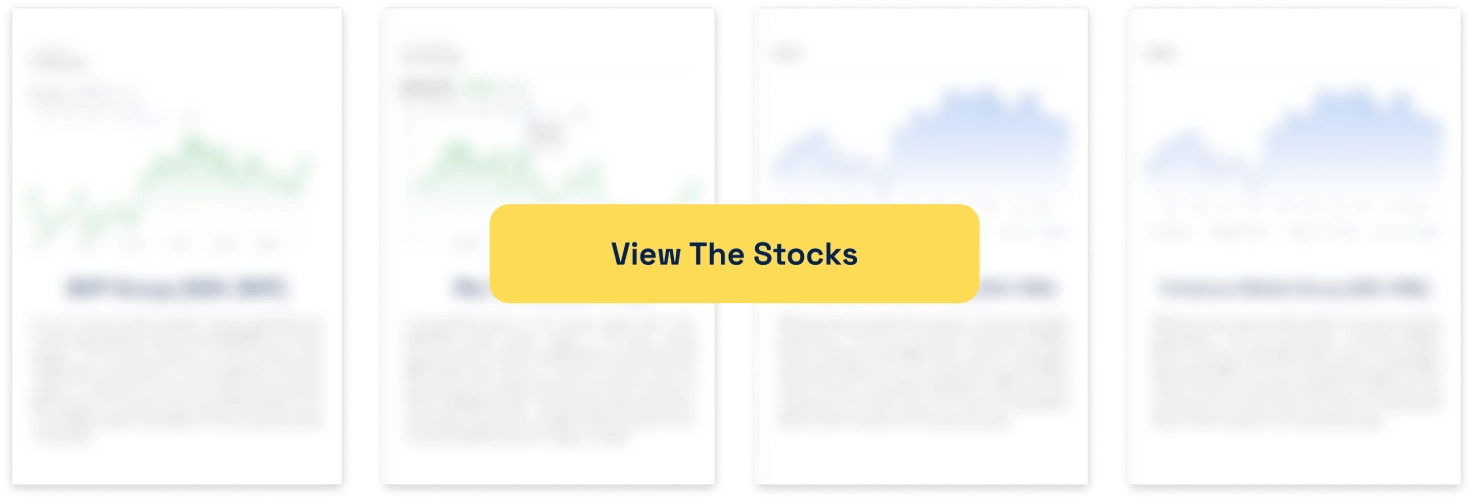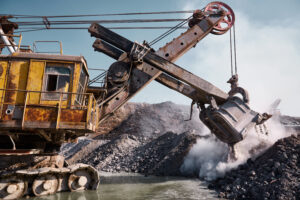Is the ASX 200 index overconcentration really as big a problem as its made out to be?
![]() Nick Sundich, July 17, 2025
Nick Sundich, July 17, 2025
Index overconcentration is a term that’s existed for decades, but has come increasingly to the fore in the last year or two on the ASX. We just had to write about this – the general term and the current perception of this issue on the ASX. In other words, how CBA accounts for a large share of the indice.
What is index overconcentration?
You may have heard that the ASX is ‘skewed towards the banks and miners’ or something along those lines. This is partly what the term Index overconcentration is alluding to, but more specifically when certain companies account for a large share of the index.
CBA, Australia’s largest bank which is capped at nearly $300bn, now accounts for over 10%. This is not completely unprecedented in market history – BHP accounted for over 10% in early 2009 and News Corp hit 15% in 2000. And that’s just on the ASX – one extreme example pointed out by fund manager Hugh Dive on another website is that Canadian telco Nortel accounted for 35% of the indice in 2000.
But the story with CBA is unique because it makes money from loans, rather than from goods (whether ‘paydirt’ or luxury handbags) or from services. And for so many months, analysts said the bank was overvalued, but retail investors were deaf to their pleas and kept buying the company. It is up 76% in 12 months.
Index overconcentration is hardly an ASX-only problem. The top 10 stocks by market capitalisation in the S&P 500 account for over 40% of the market, and a record high share of earnings. These are the Magnificent Seven plus Berkshire Hathaway, Broadcom and JP Morgan for anyone wondering.
Is index overconcentration a problem?
Yes, it is. There are several reasons for this, and they all stem from the fact that when a few stocks dominate an index, the performance of the entire market becomes overly dependent on those companies.
Obviously, this reduces diversification benefits that broad-market indices are supposed to provide. High concentration can be a sign of speculative bubbles, especially if those companies are trading at very high valuations without corresponding earnings growth. When these companies falter, it can drag down the whole market disproportionately.
A recent estimate from MST Marquee analyst Hasan Tevfik have found the ASX 200 would fall 5% if CBA fell to its historical average of 16x P/E when it is currently around 30x. Obviously, barring a substantial change in earnings, this would be a near 50% drop and it begs the questions of what would make CBA fall that much and whether or not they’d be realistic.
We would also suggest that a rising index might not reflect a healthy broad economy or stock market, just the outperformance of a handful of giants. This can mislead policymakers or investors who use indices as economic indicators. And, as perhaps is happening now, it is a self-reinforcing cycle. Passive investing fundies will automatically allocate more capital to larger companies, further increasing their weight and potentially inflating valuations.
Conclusion
While the current Index overconcentration of the ASX with CBA being so dominant is a worry, it has to be stated that it is not totally unprecedented for a single company (or a few) to dominate the market.
And we think many are concerned just because they fear a ‘hard landing’ in the sense that CBA would crash and drag down the market. But we think a ‘soft landing’ is at least not an entirely unplausible scenario, meaning other companies would rise and account for a larger share of the market.
Index overconcentrations never last forever. The skewing of the market to CBA will end, only question is whether it will be with CBA crashing, other stocks rising…or a combination of both.
What are the Best ASX Stocks to invest in right now?
Check our buy/sell tips
Blog Categories
Get Our Top 5 ASX Stocks for FY26
Recent Posts
Zoono Slips 40% as Multisteps Deal Delivers Smaller Near Term Orders
Early Multistep Orders Come In Light, Testing Short-Term Expectations Zoono (ASX: ZNO) is a stock we have been tracking closely…
Core Lithium Soars 80% as Grants Mine Update Reignites Investor Confidence
CXO Rebounds Hard as New Grants Mine Strategy Sparks Renewed Long-Term Optimism Core Lithium (ASX: CXO) has rallied close to…
Michael Burry “Big Short” investor has reportedly closed his firm Scion Asset Management
Michael Burry Calls Time on Scion Earlier today, early posts on X began circulating a letter purportedly sent from Michael…



